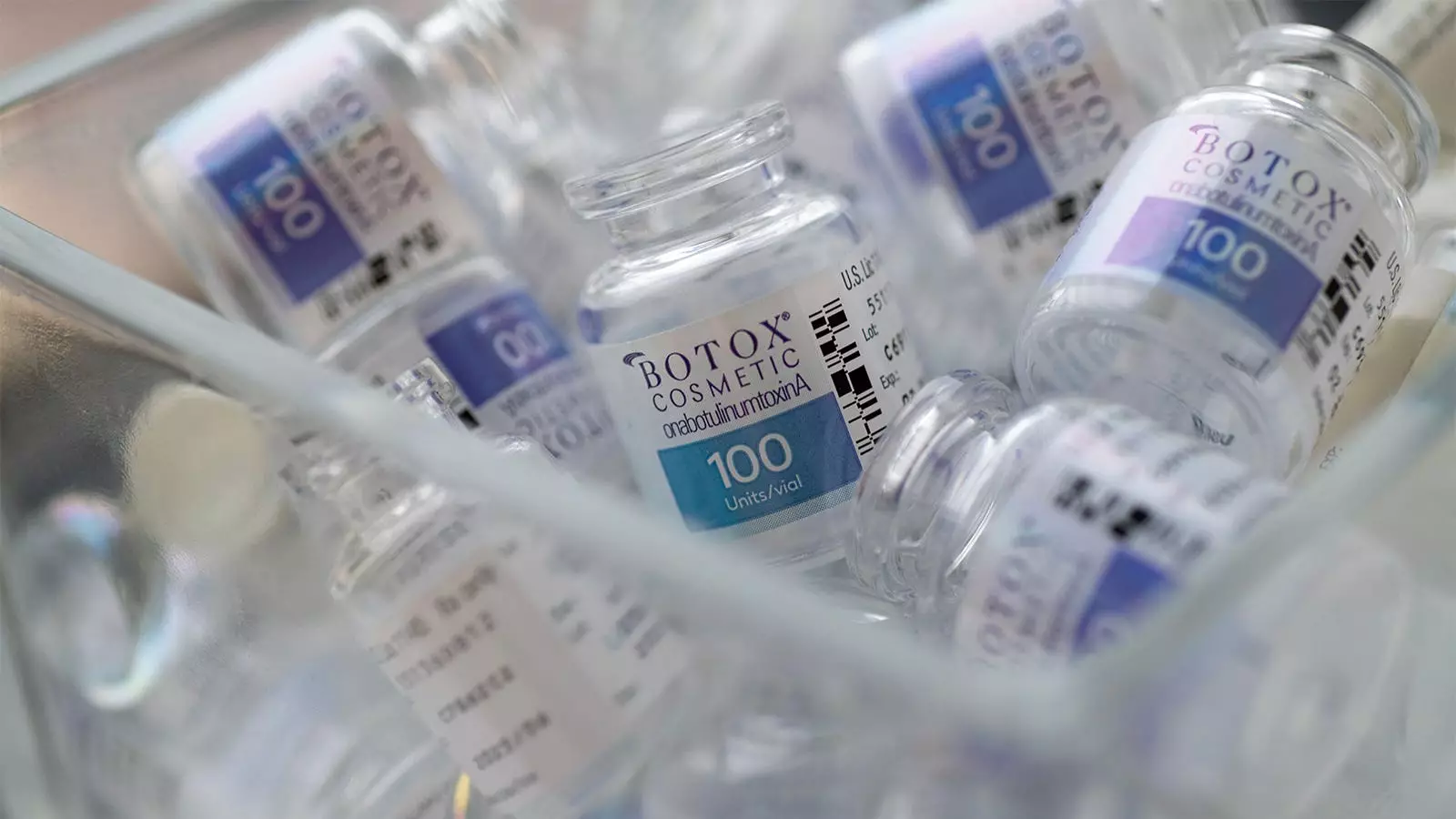Botulinum toxin, commonly known as Botox, has taken on a dual identity in modern medicine. While it’s often associated with cosmetic procedures such as wrinkle reduction, its roots are steeped in a tragic historical event—a story that intersects serendipity, patient-doctor relationships, and the evolution of medical treatments over time. This article explores the bizarre and tragic beginnings of botulinum toxin, the transformative power of patient interactions, and the implications for future medical advancement in a fast-paced healthcare environment.
A Historical Context: The Emergence of Botulism
The origins of Botox can be traced back to December 1895 in Ellezelles, Belgium, where a tragic case of mass food poisoning unfolded. This incident involved 34 members of a brass band who gathered for a post-performance meal at a local inn after playing at a funeral. Their celebration turned into a nightmare when they consumed salted, uncooked ham, leading to symptoms such as vomiting, double vision, and paralysis. Tragically, three band members lost their lives due to what we now recognize as botulism, a condition caused by the toxin produced by the bacterium Clostridium botulinum.
This historical event serves as a critical reminder of the unforeseen consequences that arise from food preservation techniques—an issue that resonates even today. Moreover, the intervention by local health officials and microbiologist Émile van Ermengem ultimately unveiled the underlying cause of the outbreak and the devastating toxin that ensued. However, the true lesson lies not just in the discovery of the toxin but in the significance of communication and trust among health professionals and patients—a theme that sadly diminishes in today’s healthcare landscape.
Fast forward over a century later, and botulinum toxin has taken on an entirely different form as a medical and cosmetic treatment known as Botox. Initially utilized for treating muscle spasms, its unintentional transformation into a cosmetic remedy marked a pivotal moment in dermatological practice. This serendipity can largely be credited to Canadian ophthalmologist Dr. Jean Carruthers, who observed an unexpected benefit during her practice. A patient noted that Botox softened her forehead wrinkles, which led Carruthers to rethink its application beyond muscle spasms.
Dr. Carruthers’ keen observation exemplifies the critical connection that can exist in doctor-patient relationships. While serendipitous encounters can give rise to groundbreaking innovations, they are often rooted in a deeper understanding of patient needs and experiences. In this case, a casual remark by a patient led to the development of a billion-dollar industry that reshaped perceptions of aging and beauty.
In light of this historical narrative, the evolution of Botox as a medical marvel raises pressing issues regarding the dynamics of modern medicine. The story of Carruthers and her patient emphasizes the significance of adequate time and trust—two invaluable commodities that are increasingly hard to come by. In an era dominated by efficiency metrics and electronic health records, physicians are pressured to minimize patient interactions to optimize productivity. As such, important patient observations—like the one that led to the cosmetic use of Botox—may be overlooked.
Dr. Rana Awdish, a thought leader in patient-doctor communication, articulates that serendipitous breakthroughs extend beyond cosmetic applications and can occur in pivotal moments of diagnosis. These moments often depend on building a foundation of trust between healthcare providers and patients, creating an environment where patients feel free to share potentially vital information, no matter how benign it may seem.
The success of Botox as a treatment option can be a model for restructuring medical practices to foster stronger relationships between patients and practitioners. However, it is paramount that the medical community prioritizes patient engagement and ensures physicians have the time to actively listen to their patients. Building trust may require concerted efforts to break down systemic barriers in healthcare, creating a space where serendipitous interactions can thrive and lead to enhanced diagnostic possibilities and better treatments.
As we reflect on the journey of botulinum toxin from a tragic food poisoning incident to a widely accepted therapeutic agent, we must recognize the role of the patient-physician relationship as a catalyst for medical innovation. The lessons of the past call for a renewed emphasis on communication, trust, and time—elements crucial for stirring serendipity once more in modern medicine. Making these changes not only pays homage to the serendipitous origins of Botox but also paves the way for future advancements born from meaningful patient interactions.


Leave a Reply